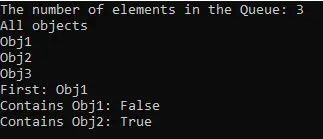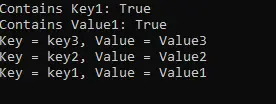C# Collections Tutorial
This tutorial contains the information about C# Collection types.
- Collections are similar to Arrays, providing a more flexible way to work with an object group.
- You would have noticed in arrays that you must define in advance the number of elements in an array. When the array was declared, this had to be done. But you don’t need to define the size of the collection in advance in a collection. Elements can be added or even removed from the collection at any time.
| Collection | Description |
| ArrayList | The ArrayList is similar to the C# array data type. The greatest difference is the dynamic nature of the collection of array list. |
| Stack | The stack represents a simple last-in-first-out (LIFO) non-generic collection of objects. |
| Queue | The Queue is a special collection which represents first-in, first-out concept of objects. |
| Hashtable | A hash table is a collection that is used to store key-value pairs. |



